Contact lenses as well as providing visual and practical benefits can make a real difference to a person’s quality of life, bringing a positive impact on their emotional and physical state of mind.1 As sight is often perceived as the most valued sense2 for some potential new wearers this unfamiliar experience may lead to initial feelings of uncertainty or apprehension, despite the desire to have contact lenses.
Not surprisingly, research by Court et al found an association between patient anxiety, patient satisfaction and retention of information during the contact lens fitting journey.3 These psychological fluctuations are outlined in figure 1. These findings may help explain why there are reported discrepancies between information ECPs believe to have provided patients versus that which the patient recalls receiving, reminding us of the importance of reiterating key messages.4
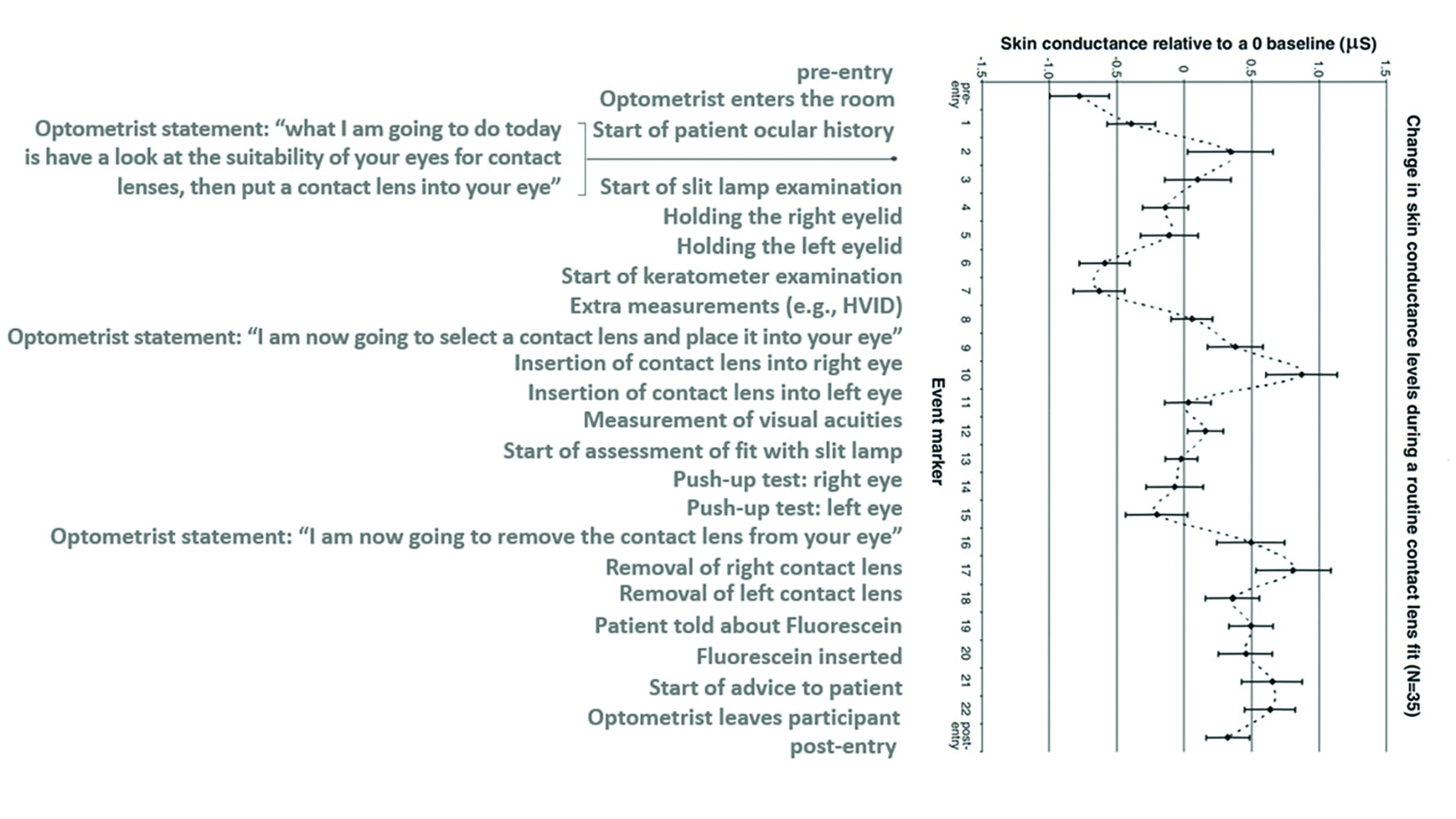 Figure 1: Anxiety level changes during contact lens fitting ³
Figure 1: Anxiety level changes during contact lens fitting ³
This article will review how we can best personalise, support, and influence new wearers’ experiences to increase compliance, maximise the chance of success and reduce the likelihood of early contact lens drop out.
How may these emotional responses manifest?
Stress triggers can occur if the patient is not at ease with the practitioner, does not feel they are able to share their concerns, thoughts or feels a lack of control. Figure 2 reflects typical mental, physical and behavioural changes associated with stress.5 As practitioners, we should observe any symptoms, looking out for closed body language and changes in their behaviour.
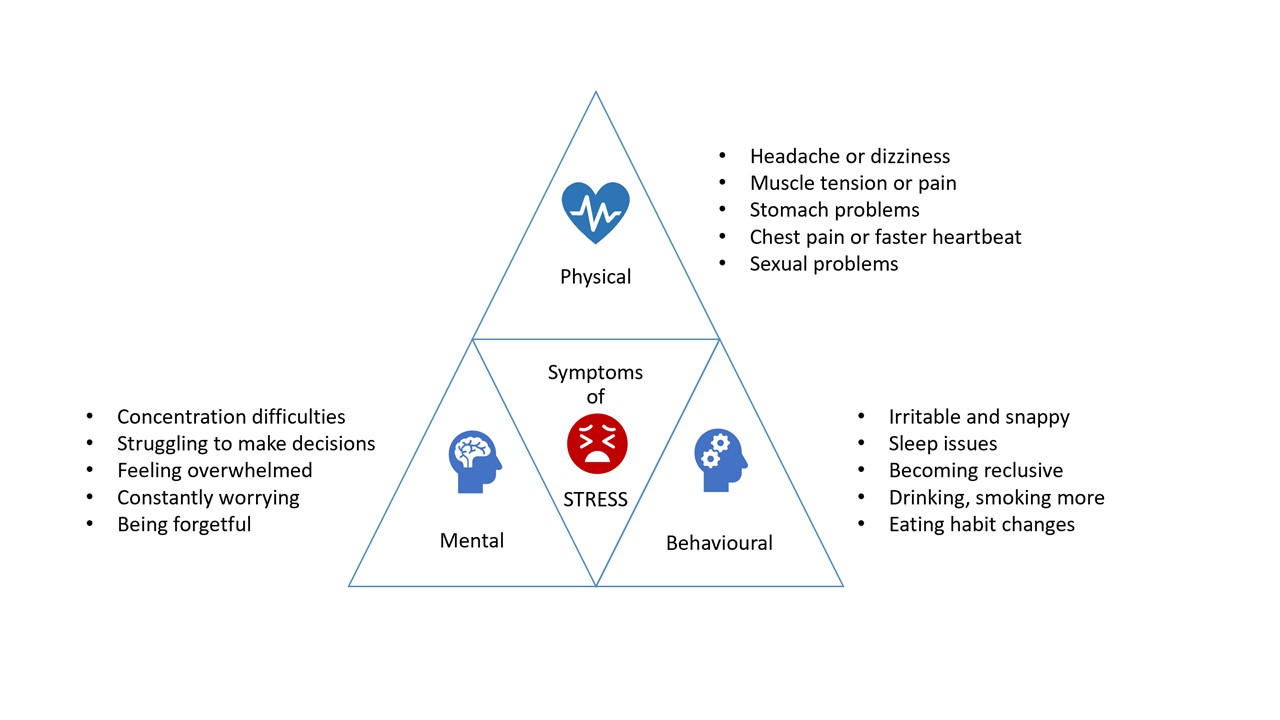 Figure 2: Mental, physical, and behavioural changes associated with stress5
Figure 2: Mental, physical, and behavioural changes associated with stress5
How can we support?
Getting the basics right could be as simple as ensuring the patient is seated comfortably, offering them water and taking the time to provide reassurance of any concerns they may have.6
Communication, rapport and the relationship with the patient is vital for a positive contact lens experience. Relating to why they want to wear contact lenses and linking this to the benefits during their everyday activities is a powerful motivator to help reduce the chance of drop out. Figure 3 highlights some of the advantages of contact lenses.
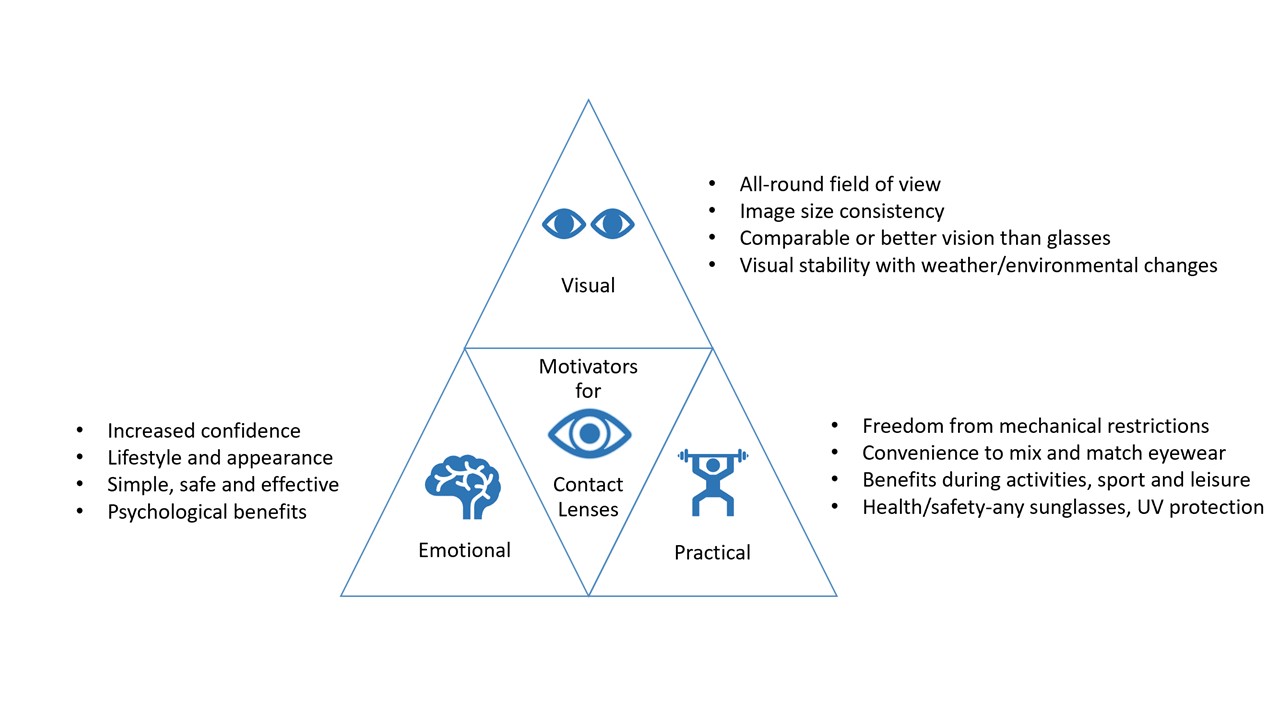
Figure 3: Benefits of contact lens wear
Approaches to help keep patients calm and focused during the contact lens journey
Inside the consultation room (fitting)
- Getting to know the patient as a person. As you ask about their lifestyle take an interest in their hobbies and activities, pets and family. A patient will feel most relaxed when talking about things that bring them joy.
- Find out what they personally want contact lenses for. Establishing their reason for contact lens wear will be a great motivation driver throughout the journey.
- Ask them if they have heard about experiences of others or have any questions. This is a great way to find out what their pre-perceived views on contact lenses are.
- Reassure and validate. Let your patient know that no worry is too small and invite them to let you know of any further worries if there is any.
- Show them what contact lenses look like. Allow them to hold and touch them. Explain what makes contact lenses so great, how they are designed to ensure ease of handling and fit on the eye.
Outside the consultation room (teach and learning about the lenses)
- Ideal set up and preparation. Ensure the environment is clean, safe and clutter free with all resources easily accessible. Calming music in the background can help reduce anxiety.8
- Promoting compliance and best practice approaches. Instil good habits from the offset such as correctly washing and thoroughly drying hands.
- Use a range of learning resources. Getting the patient to watch a video on application and removal can be useful. If the teach is booked on a separate day it can be advisable to get the patient to get used to touching parts of their eyes, like lids and lashes, and to hold their blink for a few seconds. Ensure hygiene before doing this is discussed.
- Reassurance and empathetic attitude. Advise the patient of what will happen during the teach, and that there is no rush so take their time to listen and follow instructions. Let them know they can ask questions at any point. Let the patient know it is normal to feel nervous as they are doing something new.
- Adaptive responsive approach. If at any point the patient is becoming disheartened let them know it is normal for it to take a few attempts, maybe let them know it took you more than a few attempts to master it. Remind them of their why and motivation driver. Keep a look out for any heightened stress signs. Personalise the journey, give as many breaks as needed. You could ask about their hobbies and interests (general life talk) to help distract and relax the mind. Practice tips to do between sessions can be useful.
- Checklists and feedback. Once the teach is successful and the lens has settled it is very important to praise the patient on excellent technique but then question how they are feeling and how the lens feels. Patients may not have retained all the information provided.9 This makes it important to provide various written and/or digital materials to reiterate key messages.
- Recognition and next steps. Let your patient know that their satisfaction and happiness with their new contact lenses is important to you and as a courtesy you will call them to check in on how they are getting on.
Outside the practice (experiencing the lenses)
- Provide appropriate advice and support. Ensure the wearer understands how to best seek guidance both during and out of practice opening hours. Consider resources such as videos to support the learning process.
- Courtesy checks and commitment to follow up. Handling and discomfort are two of the main reasons patients drop out of lens wear9 so efficient listening and communication regarding these areas is important.
- Early contact during the first week. This will help address any concerns and act as a catalyst for further decision-making. Figure 4 provides a holistic overview of key touch points during the new contact lens wearer’s journey.
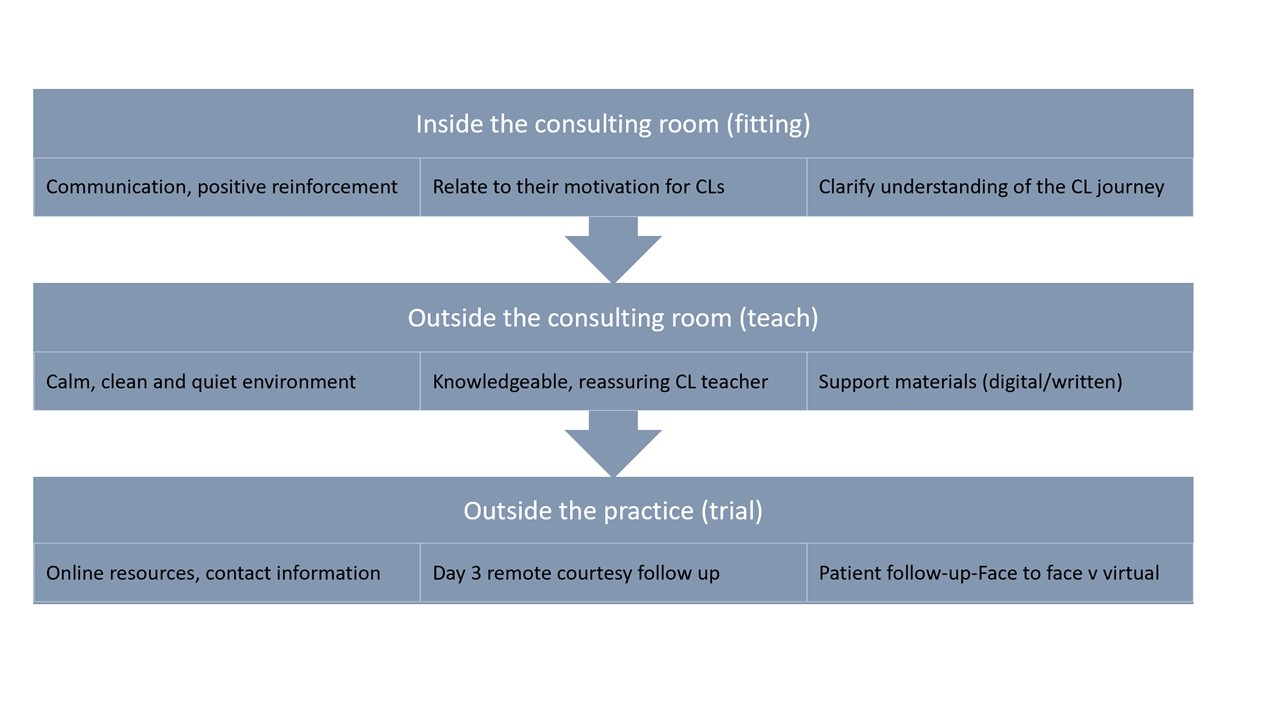 Figure 4: Touch points to maximise success during the contact lens journey
Figure 4: Touch points to maximise success during the contact lens journey
Case 1
Mark, a 32-year-old male attends for a contact lens consultation, he tried contact lenses four years ago but was not successful at the teach stage and therefore gave up. He would like to trial contact lenses again due to taking up sports but is not confident of a positive outcome.
He is not on any medication and has no contact lens contraindications or dry eye.
You give the patient a motivational boost by giving him some encouraging words.
The patient visibly relaxes following an interactive discussion of what to expect, viewing a handling video and the opportunity to touch some lenses.
Careful questioning reveals the patient was concerned about breaking or losing the contact lens, this was overcome with reassurance, addressing the myths and inviting the patient to take some deep breaths. He is now ready to give contact lenses a go.
With consistent positive language throughout the teach. He scored his confidence in handling as 7/10, so this stage was repeated improving his score to 9/10, and the do’s and don’ts (figure 5), along with the BCLA checklist.10 You make sure the patient is happy and satisfied and is not leaving the practice with doubts or concerns. You then let him know as further aftercare you will give him a call in a few days to check on how he is getting on.
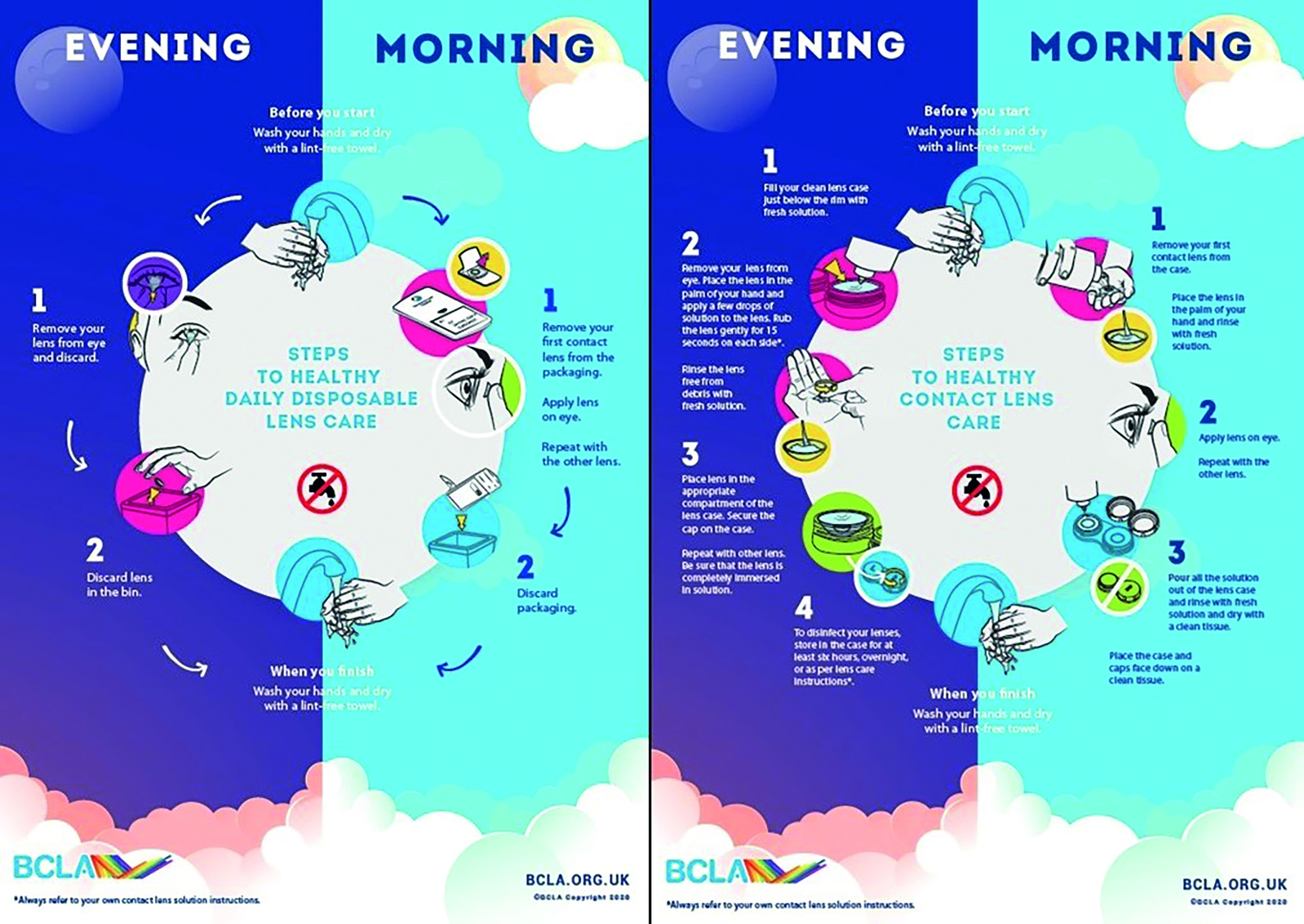 Figure 5: BCLA do’s and don’ts for contact lens wearers10
Figure 5: BCLA do’s and don’ts for contact lens wearers10
The patient is absolutely delighted with the whole experience and happy he now gets to enjoy his sports with contact lenses. He describes his emotional journey as in figure 6.
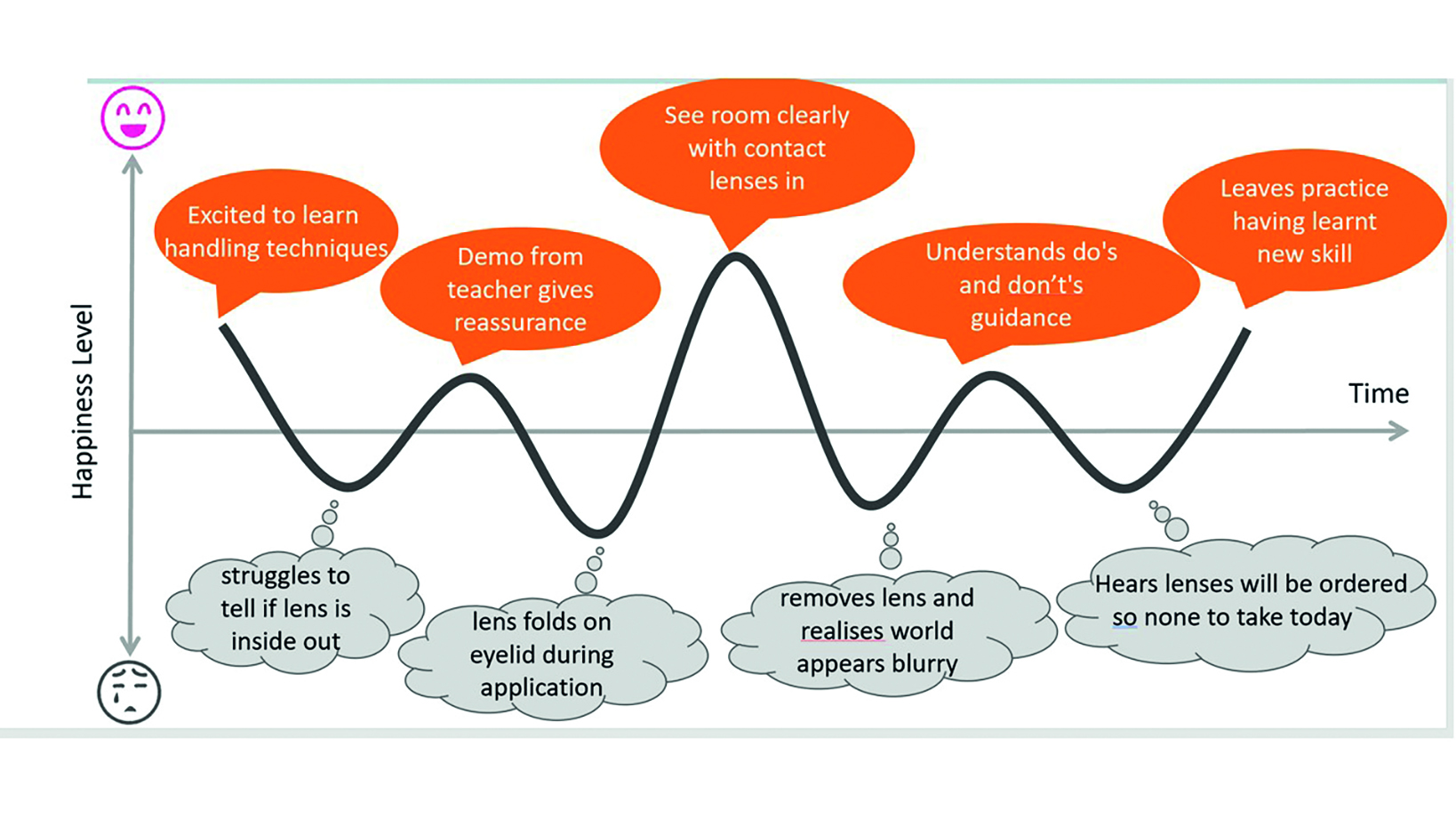 Figure 6: Emotional journey during the teach process
Figure 6: Emotional journey during the teach process
Can the soft contact lens choice make the experience simpler?
A desirable combination of several factors such as modulus, shape retention, edge design and surface properties may improve the handling, this is by no means an exhaustive list of potential properties. If the lens is too floppy it may stick to the finger or if too slippery be less easy to remove from the packaging without damaging the lens.
The modality may also make handling simpler, for example it has been reported that reusable soft lenses require around double the number of compliance steps as daily disposable soft lenses.¹¹ In terms of modulus some may prefer the stiffness when handling a lens with a higher modulus.
If the lens dehydrates on the eye and the fitting behaviour becomes tighter with insufficient lens movement, this could potentially make removal more challenging. This may occur if a wearer has slept in the lenses or experiences dry eye. Advice before removal could be to use rewetting drops/saline to help mobilise the lens and to have a contact lens review.
Manufacturers have responded to help make handling easier by adding visibility tints to the lenses, markers to help identify correct orientation or ensuring the lens is simply removed the correct way up from the packaging in the first place. This is the principle behind the patented Smart Touch technology introduced by Menicon.
While the technique for application and removal of soft contact lenses are similar between products. The differences with innovation in lens packaging make it important to understand the correct technique for removal from the blister. Lenses that utilise Smart Touch packaging require the pinching rather than the
traditional method of scooping of the lens from the blister (see figure 7). The convenience and hygienic benefits of not needing to touch the inner lens surface, which comes into contact with the eye, may be eliminated. Research has revealed that the benefits of this technology result in less bacterial contamination on the inner lens surface.12,13
 Figure 7: Smart Touch design (left) and conventional soft contact lens blister pack (right)
Figure 7: Smart Touch design (left) and conventional soft contact lens blister pack (right)
For toric lenses, explaining about the marker and applying close to the desired position can help maximise the speed visual potential occurs. There are also some multifocals with decentred designs that also have placement markers. Understanding differences in products will help ensure the best guidance can be provided.
Case 2
Laura, 22 years old, was fitted with daily disposable contact lenses. During her day three courtesy call she is enthusiastic, she shares how she loves wearing her contact lenses and the new found confidence they provide. She answers yes to the following three key questions (figure 8):
- Do you see well?
- Do your eyes look good?
- Do they feel good?
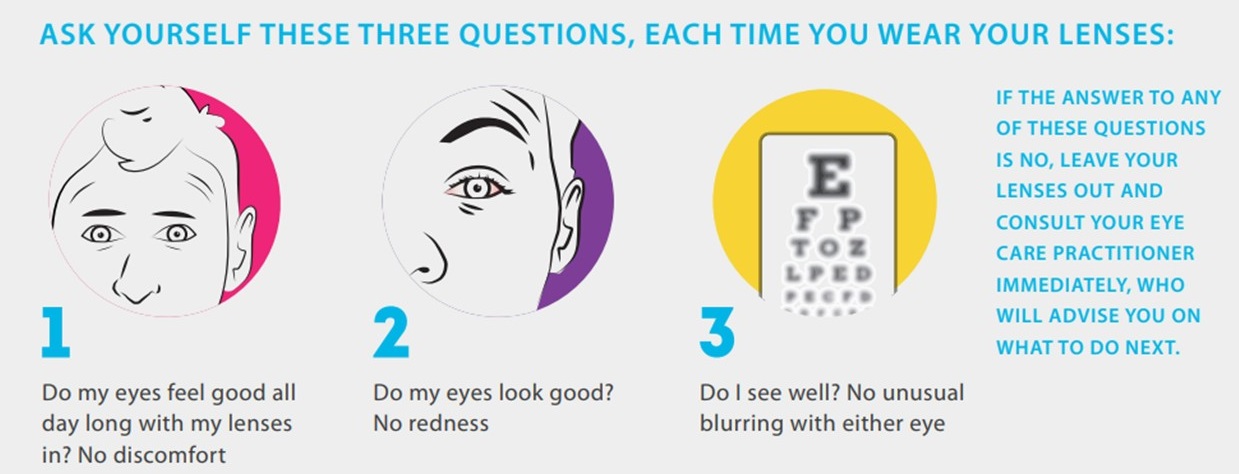
Figure 8: BCLA guidance; three questions wearer’s should regularly ask themselves10
Positive responses are given for all aspects except handling. She rates how she is finding handling as 6/10, especially application. An agreement is made to switch to a video call so she can demonstrate her technique. She does not hold her eye lids firmly open. Advice is then given on how to adapt her approach, keeping both eyes open. When she returns for follow up, she describes her journey at home as in figure 9.
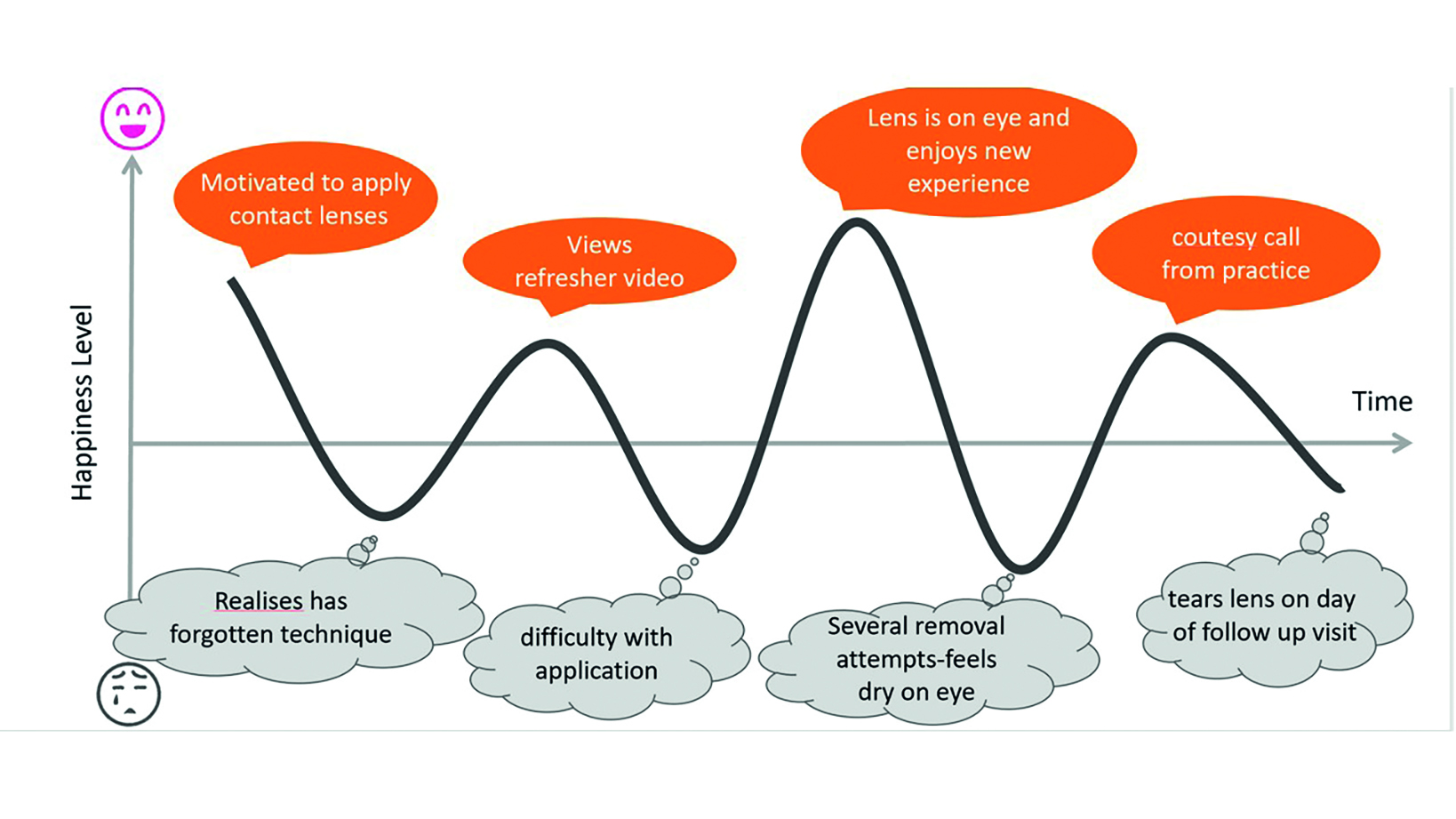 Figure 9: Emotional journey while at home
Figure 9: Emotional journey while at home
Case 3
Karl, 25 years old, attends for a routine contact lens annual check-up. He is happy with his contact lenses and you observe he does not wash/dry his hands prior to removal of his contact lenses. Surprisingly, despite the risks, up to 50-60% of lens wearers admit to a lack of correct handwashing.14,15 Interestingly an ECPs survey revealed that not all ECPs routinely observed compliance related behaviours during contact lens follow up consultations.16
A more prudent approach to gaining agreement to compliance would be to remind Karl of his motivation for contact lens wear linking this with how he may feel if he could not do these activities in contact lenses rather than scare tactics of telling Karl off with horror stories of those in which it has led to sight-threatening infection.17 This aspect should not be overlooked as an absence of proper handwashing increases the risk of contact lens infections by about 4.5 times.11
Conclusion
Approximately 25% of new wearers reported handling issues as a key reason for drop out due to handling issues.18 This is something that can easily be avoided and addressed with education.
By understanding the individual’s emotional and physical responses to experiencing contact lenses, a tailored flexible approach can be created to suit their personal learning preference. Ensuring a well-educated customer-centric team with a diverse knowledge of best practice approaches for different lenses’ requirements and having support with a variety of patient facing resources and mechanisms for new wearers will ensure each contact lens wearer has the best chance of success.
Each individual is unique in the way they see, hear, respond and learn. Giving a personalised service will ensure their needs are heard and met, and their experience will be productive, positive and exciting. Keep the process simple and fun.
- Neil Retallic is an optometrist with experience of working with in education, industry and both practice and head office roles. He currently works for Menicon and the College of Optometrists. He has been involved with various organisations across the sector and is currently part of the GOC Education Committee, President of the BCLA and a Past Chair of the British and Irish University and College Contact Lens Educators. He has been awarded fellowships from the BCLA and IACLE.
- Sheena Tanna-Shah is an optometrist working in practice currently at Vision Express. She is also an author, rapid transformation therapy practitioner, life coach, mindfulness, meditation, NLP practitioner and nutritionist, working with individuals, families, businesses and schools under her wellbeing company Inspiring Success.
•The authors would like to thank Kimiko Kadohara for her support in producing the visuals.
References
- Retallic N. The Person behind the contact lens. Optician. 17 September 2021
- Enoch J, et al. Evaluating whether sight is the most valued sense. JAMA Ophthalmology, 2019 Nov 1;137(11):1317-1320.
- Court H, Greenland K, Margrain TH. Evaluating patient anxiety levels during contact lens fitting. Optometry & Vision Science, 2008 Jul;85(7):574-80.
- Hind J, et al. The differences between patient and optometrist experiences of contact lens hygiene education from the perspective of a Scottish university teaching hospital. Contact Lens & Anterior Eye, 2020;43(2):185–8.
- Get help with stress. NHS website. www.nhs.uk/mental-health/feelings-symptoms-behaviours/feelings-and-symptoms/stress (accessed 22.09.21)
- www.mind.org.uk/information-support/helping-someone-else (accessed 22.09.21)
- Benefits of contact lenses. https://bcla.org.uk/Public/Consumer/Benefits_of_contact_lenses.aspx (accessed 22.09.21)
- Thoma M et al. Effect of music on human stress response. PloS One, 2013 e70156
- Wolffsohn JS, et al. CLEAR, Evidence-based contact lens practice. Contact Lens & Anterior Eye, 2021 Apr;44(2):368-397.
- Important Do’s and Don’ts of Contact Lens Wear. www.bcla.org.uk/Public/Consumer/Important_dos_and_dont_s_of_contact_lens_wear.aspx (accessed 22.09.21)
- Efron N, Morgan P. Rethinking contact lens aftercare. Clinical and Experimental Optometry, Volume: 100, Issue: 5, Pages: 411-431,
- Tan J et al. Factors affecting microbial contamination on the back surface of worn soft contact lenses. Optometry & Vision Science, 2021 May 1;98(5):512-517.
- M Nomachi et al. Evaluation of diminished microbial contamination in handling of a novel daily disposable flat pack contact lens. Eye & Contact Lens, Vol 39,May 2013
- Gyawali R et al. Compliance and hygiene behaviour among soft contact lens wearers in the Maldives. Clinical and Experimental Optometry, 2014;97(1):43–7.
- Ramamoorthy P, Nichols JJ. Compliance factors associated with contact lens related dry eye. Eye & Contact Lens, 2014;40(1):17-22
- Wolffsohn JS et al. British Universities Committee of Contact Lens Educators (BUCCLE). History and symptom taking in contact lens fitting and aftercare. Contact Lens & Anterior Eye, 2015 Aug;38(4):258-65.
- BMG Research, GOC, 2015, Contact Lens Survey.
- Sulley A, Young G and Hunt C. Factors in the success of new contact lens wearers. Contact Lens & Anterior Eye, 2016;40:1 15-24
